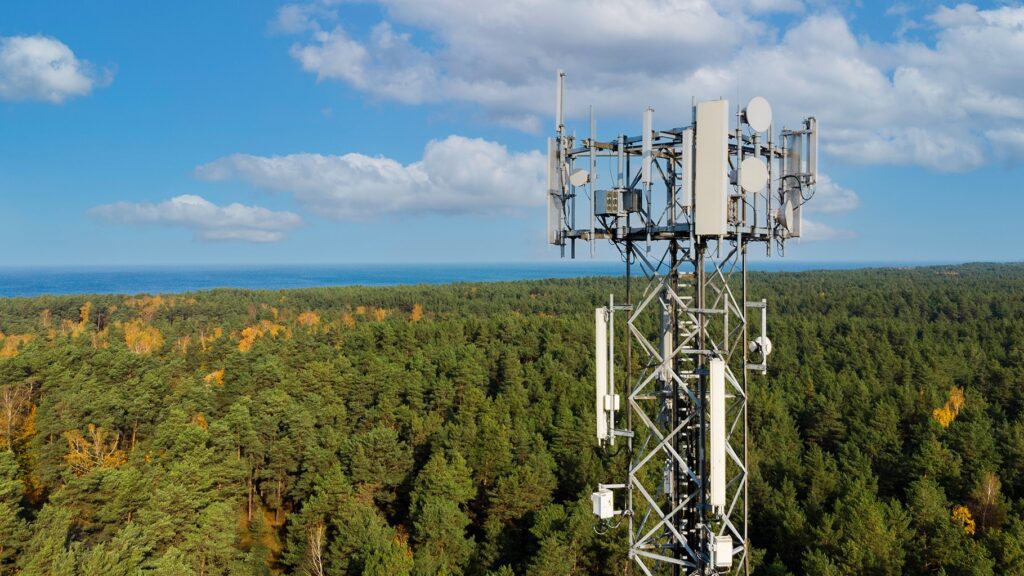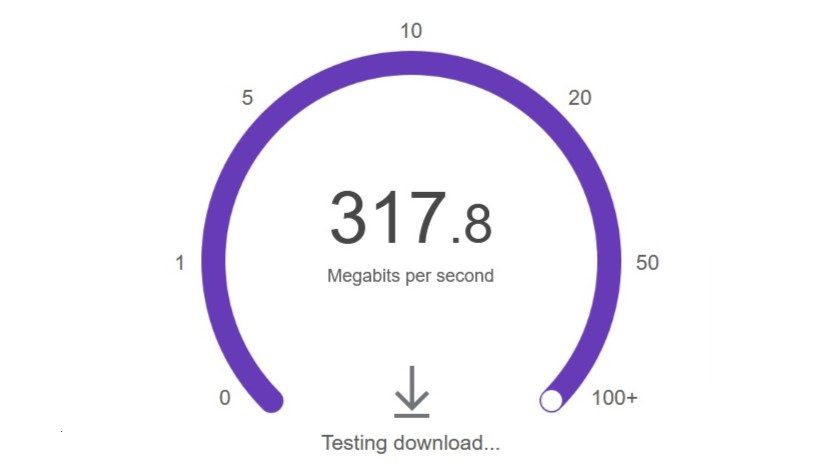Commission Moves to “Supersize Wi-Fi”
Randy Sukow
|

The FCC today made 45 MHz in the 5.9 GHz band (5.850-5.925 GHz) available for unlicensed communications (PDF). As the demand for wireless broadband communications increases, users will be able to access the enhanced spectrum allotment for Wi-Fi connections immediately after the order becomes effective in the next few months.
“Over the last several months, we have granted temporary access to this very 45 MHz of spectrum to internet service providers who have immediately put it to use, establishing or enhancing connectivity to rural and underserved areas,” Chairman Ajit Pai said during the FCC’s monthly meeting. “Moreover, unlicensed technologies like Wi-Fi provide wireless connectivity for countless products that consumers rely on every day.”
In addition, the 45 MHz allocated today is adjacent to an existing block of unlicensed spectrum. Combined, they create a contiguous 160 MHz contiguous band that will create new opportunities for wireless ISPs and developers of unlicensed devices. Said Commissioner Jessica Rosenworcel, today’s order “will supersize Wi-Fi, a technology so many of us are relying on like never before.”
The final vote had three commissioners voting to “approve” and two to “concur.” The two Democratic commissioners withheld full approval in support of elected officials who urged the FCC to delay action on the 5.9 GHz item until after Inauguration Day and when all federal agencies might be willing to support the changes.
The U.S. Department of Transportation (DoT) opposes the 5.9 GHz action because the band previously was reserved as a “Safety Band” for wireless Intelligent Transportation Systems (ITS). The FCC, in it’s order, made late changes to accommodate Cellular Vehicle-to-Everything (C-V2X) technology. DoT was unsatisfied.
“Although FCC has adopted some minor modifications to its decision, it has not addressed any of DoT’s main objections,” said Steven Bradbury, DoT’s general counsel in a Nov. 6 letter to Pai. “On the contrary, FCC has substituted its judgment for DoT’s on questions of transportation safety and has declined the Department’s offers to collaborate more closely with other key stakeholders on a workable solution for the Safety Band.”
Pai said today that that the FCC established the Public Safety Band nearly 20 years ago for development of Dedicated Short Range Communications Service (DSRC) technology. Since then, the auto industry has made almost no progress in deploying DSRC, with only a few thousand units currently in use. Many of the functions originally envisioned for DSRC have emerged on devices using other unlicensed bands and the auto industry itself has changed R&D focus to C-V2X.
“A few corporate interests cannot squat on this spectrum for a generation and expect to maintain a strangle hold on it. Nearly two decades of failure is more than enough,” Pai said.
Pai also pointed to a long list (PDF) of organizations and elected officials supporting the FCC’s action. “We applaud the efforts of Chairman Pai and the FCC, including the most recent developments regarding the 5.9 GHz band, to further enhance connectivity and Wi-Fi capabilities to help schools, small businesses and other critical aspects of our economy keep pace with growing digital demands, particularly in rural communities like the ones we represent,” said Representatives Billy Long (R-MO) and John Shimkus (R-IL) in a joint statement.
The rest of the Commission agreed with Pai’s assessment. “We are not yet close to having the bulk of our vehicles DSRC-enabled, which is what is needed for it to be effective nationwide. You look at this, and it is fair to ask if there is another way,” said Rosenworcel, who along with Commissioner Michael O’Rielly were the lead advocates for 5.9 GHz changes.
Along with the 5.9 GHz order, the Commission adopted a Further Notice of Proposed Rulemaking to explore changes to technical rules for outdoor unlicensed communications in the band, including changes in transmit power and emission limits. Changes could benefit rural utilities using unlicensed bands for last mile broadband from fiber backbones or for mesh smart grid networks.


